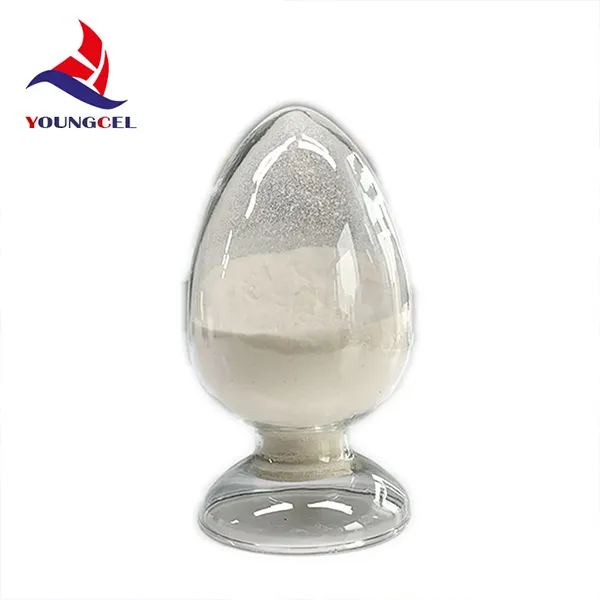The Rise of Cellulose Paint Sustainable Solutions for a Greener Tomorrow
In the quest for environmentally friendly alternatives in the world of painting, cellulose paint has emerged as a viable option, gaining popularity among eco-conscious consumers and professionals alike. Derived primarily from cellulose, the organic polymer obtained from plant cell walls, this type of paint offers a range of benefits that align with the growing movement towards sustainability in home and industrial applications.
What is Cellulose Paint?
Cellulose paint is a type of varnish or coating that utilizes cellulose ether or cellulose esters as its primary component. These cellulose derivatives are created from renewable resources, making cellulose paint a more sustainable option compared to traditional paints that often contain synthetic chemicals and petroleum-based solvents. The formulation typically includes pigments for color, additives to enhance performance, and a solvent that evaporates to leave behind a durable film.
Eco-Friendly Advantages
One of the primary advantages of cellulose paint is its environmentally friendly nature. Unlike conventional paints that may emit volatile organic compounds (VOCs) into the atmosphere, leading to air pollution and health concerns, cellulose paints are often low in VOCs. This characteristic makes them safer for both consumers and the environment, as they minimize harmful emissions during application and drying.
Additionally, since cellulose is derived from renewable resources, the production of cellulose paint has a lower carbon footprint compared to paints made from fossil fuels. By opting for cellulose paint, consumers are supporting the use of sustainable materials, which can significantly contribute to reducing overall environmental impact.
Versatility and Performance
Cellulose paint is renowned for its versatility, as it can be used on various surfaces, including wood, metal, and masonry. Its excellent adhesion properties ensure a smooth application, making it suitable for both interior and exterior use. Moreover, cellulose paint dries quickly, allowing for efficient project completion without lengthy wait times between coats.
cellulose paint

In terms of durability, cellulose paint exhibits good resistance to fading and wear, making it an ideal choice for high-traffic areas or surfaces exposed to moisture. This longevity means that projects finished with cellulose paint can maintain their aesthetic appeal over time, reducing the need for frequent repaints and ultimately conserving resources.
Aesthetic Qualities
Aesthetic appeal is another significant factor driving the adoption of cellulose paint. Available in a broad spectrum of colors and finishes, cellulose paint can cater to various design preferences. Whether one desires a matte finish for a rustic look or a glossy sheen for a more modern aesthetic, cellulose paint can accommodate these needs effectively.
Furthermore, cellulose paints can be blended with natural pigments to create custom colors, allowing for unique design opportunities that harmonize with the natural environment. This characteristic is particularly appealing to designers and homeowners looking to create distinctive spaces that reflect their personal style while remaining aligned with eco-friendly principles.
Challenges and Future Directions
Despite its many advantages, cellulose paint is not without challenges. The availability of raw materials can affect production, as it relies on the supply of sustainable wood sources. Furthermore, while cellulose paint is an excellent option for many applications, it may not always match the performance characteristics of traditional synthetic paints in specific high-performance contexts, such as industrial coatings.
Nonetheless, advancements in technology and a growing commitment to sustainability are paving the way for improved formulations and wider availability of cellulose paint. Companies are increasingly investing in research to enhance the properties of cellulose paint while maintaining its environmental benefits. As consumer demand for sustainable products continues to rise, it is likely that cellulose paint will become a staple in both residential and commercial projects.
Conclusion
In conclusion, cellulose paint represents a promising shift towards sustainable living in the painting industry. With its eco-friendly composition, durable performance, and aesthetic flexibility, cellulose paint stands poised to meet the needs of a modern, environmentally conscious consumer base. By adopting cellulose paint, individuals and businesses alike can contribute to a more sustainable future while enhancing the beauty of their spaces. As we move toward a greener tomorrow, embracing cellulose paint could be one of the many steps towards a cleaner, healthier planet for generations to come.
-
Rdp Powder: Key Considerations for Wholesalers in the Building Materials IndustryNewsJul.08,2025
-
Key Considerations for Wholesalers: Navigating the World of Hpmc - Based ProductsNewsJul.08,2025
-
Hpmc Detergent: Key Considerations for WholesalersNewsJul.08,2025
-
Key Considerations for Wholesalers: China Hpmc For Tile Adhesive, Coating Additives, Concrete Additives, and MoreNewsJul.08,2025
-
Crucial Considerations for Wholesalers: Navigating the World of Construction MaterialsNewsJul.08,2025
-
Key Considerations for Wholesalers Sourcing Additive For Cement, Additive For Concrete, Additive For Putty from Additive Manufacturer Shijiazhuang Gaocheng District Yongfeng Cellulose Co., Ltd.NewsJul.08,2025




